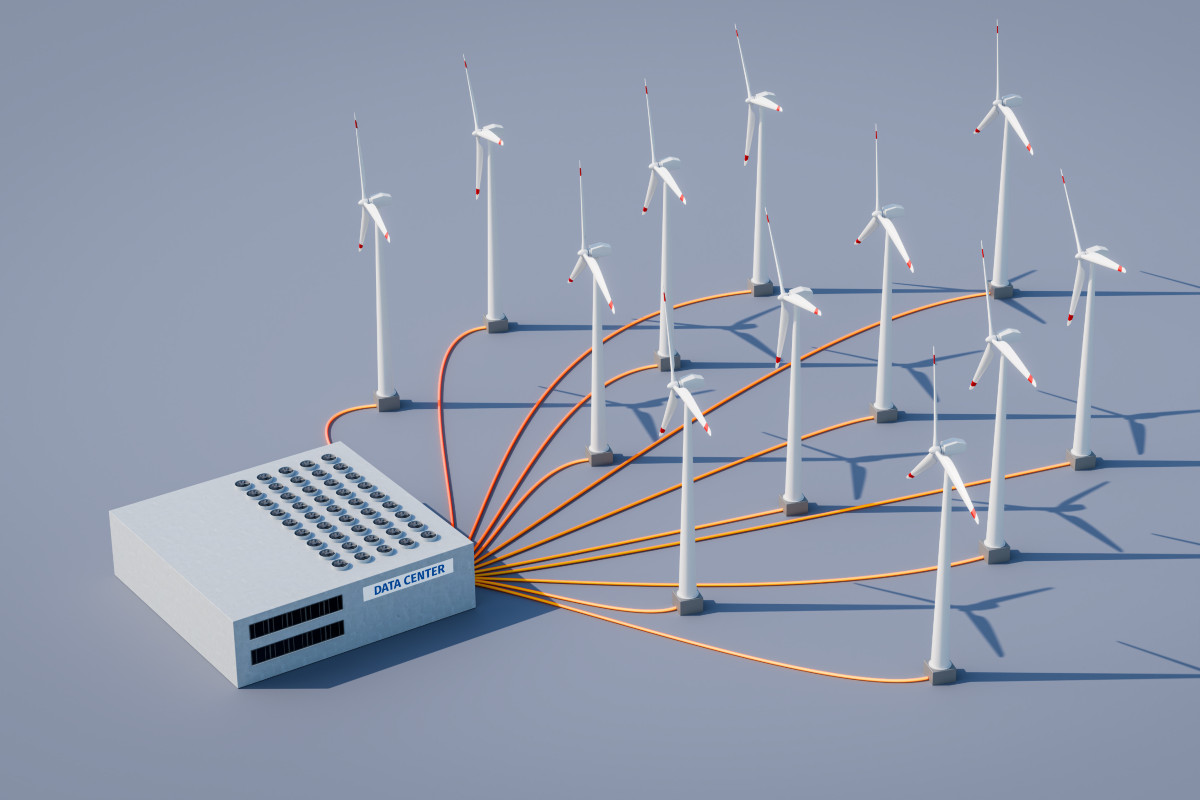Only a smarter, hydrogen-ready gas backbone can keep the UK’s surging data centre sector powered, according to Javier Cavada, President & CEO EMEA at Mitsubishi Power.
It is well known that electricity is the foundation of modern civilisation and the currency of progress. Without it, both growth and innovation grind to a halt. Nowhere is this more evident today than with the rise of data centres that are shaping our digital era.
In fact, the data centre revolution is reshaping how we live, work, and connect. From enabling AI innovation to storing petabytes of cloud-based data, data centres are now the quiet workhorses of the digital economy. And the UK, with over 500 operational facilities, is right at the centre of this transformation.
But as we race to expand our digital capabilities, a more pressing and complex question arises: is our energy infrastructure truly prepared to keep pace?
Behind every byte processed or query answered by AI lies a growing power requirement. UK data centres currently account for around 2.5% of the country’s electricity use, but that figure is expected to more than double by 2030, according to the National Energy System Operator (NESO). Across Europe, the International Energy Agency (IEA) projects a tenfold increase in demand. Much of this surge will come not only from data storage and computing but from the enormous energy required for cooling systems, an often overlooked but critical piece of the puzzle.
And data centres cannot afford even a second of downtime. Outages are not only costly but catastrophic. As a result, these facilities require layers of backup and contingency that place even greater strain on the grid. This is a new frontier, not just for digital infrastructure, but for energy systems overall.
Pressure on the power grid
Let’s zoom out. Electrification is now the cornerstone of every net zero strategy. Transportation, industry, heating, and now AI-led digital services are all converging on the same power grid. According to the IEA, electricity will account for 50% of total energy demand globally by 2050.
What this means is that our climate challenge is no longer just about how much power we generate, but how we generate it. Every additional gigawatt-hour must be delivered cleaner, faster, and more reliably than the last.
The UK has made meaningful strides, particularly in phasing out coal and ramping up renewables. But energy leaders and policymakers must now confront a new balancing act: how to power exponential digital growth while keeping emissions, costs, and risks in check.
It’s tempting to think that renewables alone will bridge the gap. And to be clear, they will and must form the backbone of our future energy mix. But they cannot do it alone.
Wind and solar are excellent sources of clean electrons, but they are weather-dependent and don’t inherently offer the grid stability that high-demand users, like data centres, require. These intermittent sources need complementary technologies that offer inertia, frequency control, and dispatchable capacity.
Too often, we overlook the importance of system services – the invisible architecture that keeps the grid running. Without it, we risk the kind of instability that recently led to widespread outages in Spain and Portugal. That’s why the conversation must shift from ‘renewables vs. everything else’ to ‘how do we make clean power work harder, smarter, and more reliably’?
This is where modern gas infrastructure comes in and will need to continue playing a vital role, not as a competitor to renewables, but as an enabler.
Gas turbines provide the flexibility and responsiveness required to stabilise the grid. They can be brought online quickly, offer high ramp rates, and, when designed with future fuels in mind, such as hydrogen, can serve as a crucial stepping stone in the energy transition.
But this doesn’t mean energy companies should fall back on traditional models. Quite the opposite. The opportunity here is to reimagine gas infrastructure not as a legacy system, but as a platform for innovation by blending hydrogen, integrating with carbon capture systems, and contributing essential grid services.
Within this broader strategy, hydrogen is emerging as a particularly promising solution. The growing enthusiasm around hydrogen is with good reason because it offers many of the benefits of natural gas, with none of the carbon emissions. As a fuel, it’s versatile, storable, and scalable. But the conversation must now move beyond potential to practicality.
Across the world, and in the UK and Europe, early-stage hydrogen projects are proving that it’s not only feasible to blend hydrogen into power systems but it’s also happening. In the UK, the H2H Saltend project – a 600MW hydrogen production and gas-fired generation facility on the Humber – blends natural gas with low-carbon hydrogen to reduce emissions, with the goal of running entirely on hydrogen in the future. It’s a blueprint for what a decarbonised power sector can look like.
Another flagship project, at Peterhead in Scotland, combines hydrogen-ready turbines with carbon capture and storage (CCS) to capture 1.5 million tonnes of CO₂ annually. Together, these initiatives show how gas and hydrogen can work in tandem to decarbonise reliably, without compromising performance.
Manufacturers are investing heavily in gas turbines that can operate on blended fuels today, and transition to 100% hydrogen tomorrow. We forecast that the world will order 50% more gas turbines between now and 2026, largely to meet the rising power demands of AI and data infrastructure. It is a clear signal that the market is recognising gas not just as a bridge, but as a foundation that can evolve with the energy transition.
For energy players, the takeaway is to build optionality. Invest now in systems that can run on hydrogen blends, even if full-scale supply isn’t yet available. Leverage today’s transitional technologies while shaping tomorrow’s low-carbon ecosystem.
It is equally important to remember that this challenge isn’t just about power generation. As demand becomes more distributed, variable, and digital, grid infrastructure must evolve too.
The part of data centres in ensuring grid readiness
Smart grids, demand-side management, energy storage, and intelligent controls will all play essential roles in balancing loads and maintaining resilience. For data centre developers and utilities alike, grid-readiness must become a core metric on par with carbon intensity and capital cost.
Failing to act brings obvious risks including bottlenecks, blackouts and barriers to growth. But the upside is more compelling. With the right regulatory frameworks and investment signals, we can build an energy system that’s clean, flexible, and future-proofed.
It’s imperative that we stay grounded in what such a system demands – resilience, reliability, and decarbonisation – all at the same time.
To meet the energy challenge ahead and support the data centre revolution, long-term policy certainty, backed by clear incentives and streamlined planning, is essential to accelerate hybrid power projects, especially those with dispatchable and hydrogen-ready assets that can match demand as it grows.
Finally, we must move beyond one-size-fits-all thinking. A sustainable, secure energy future depends on embracing a technology-neutral mix, from renewables and hydrogen to intelligent grids and flexible thermal systems.


